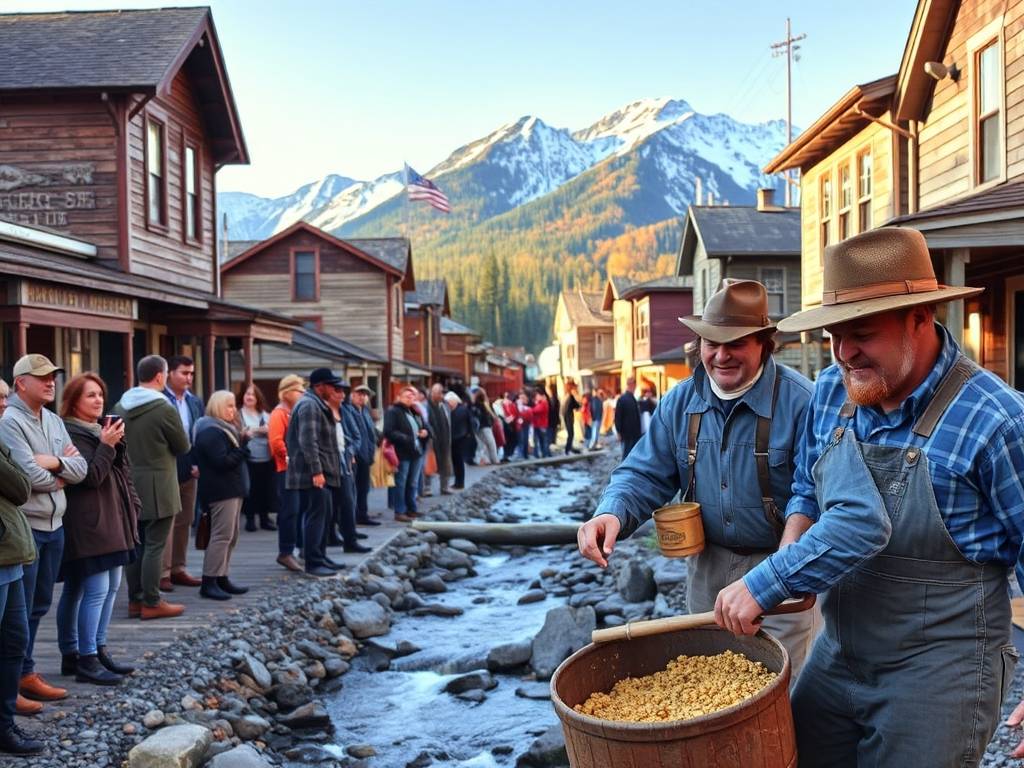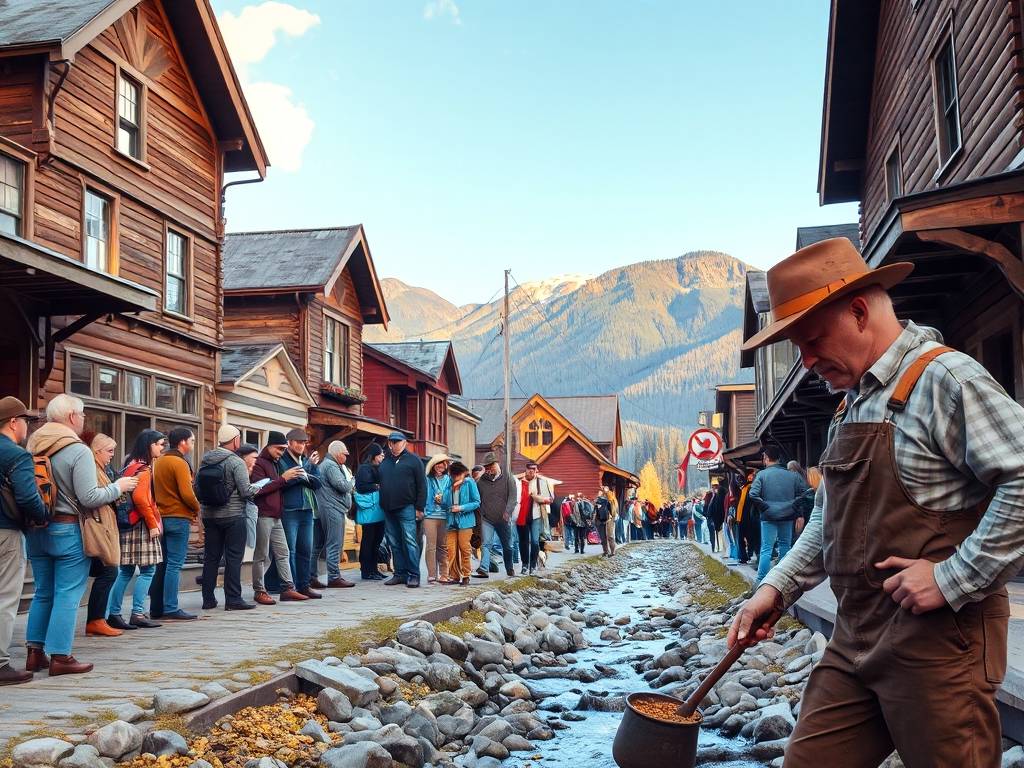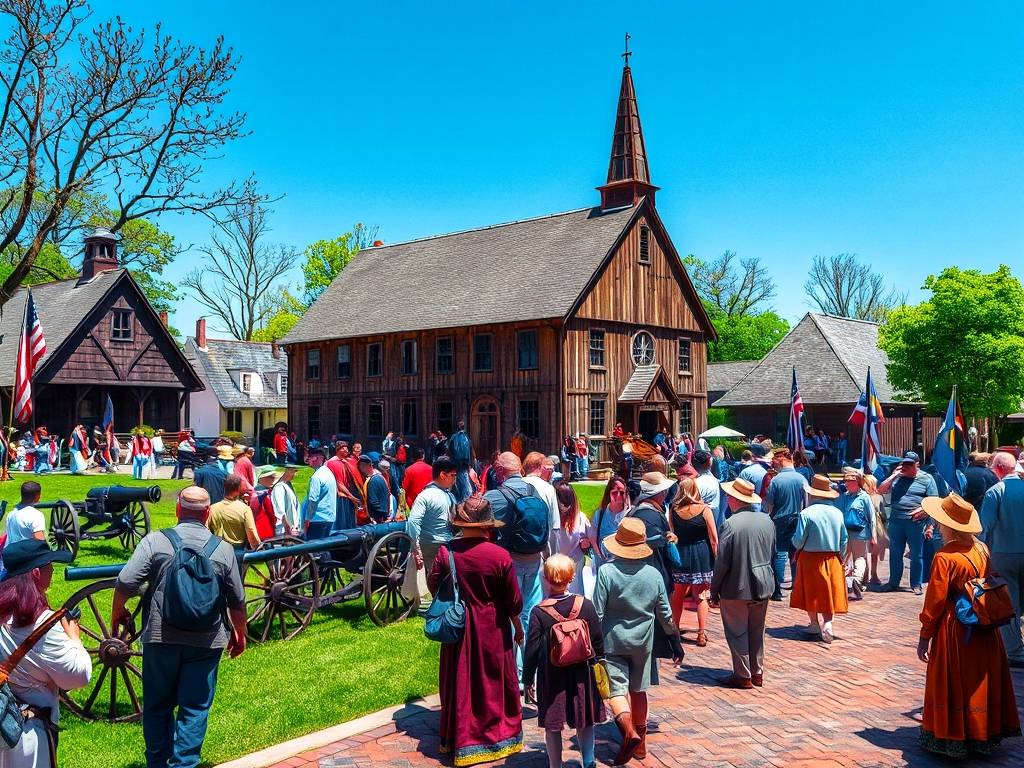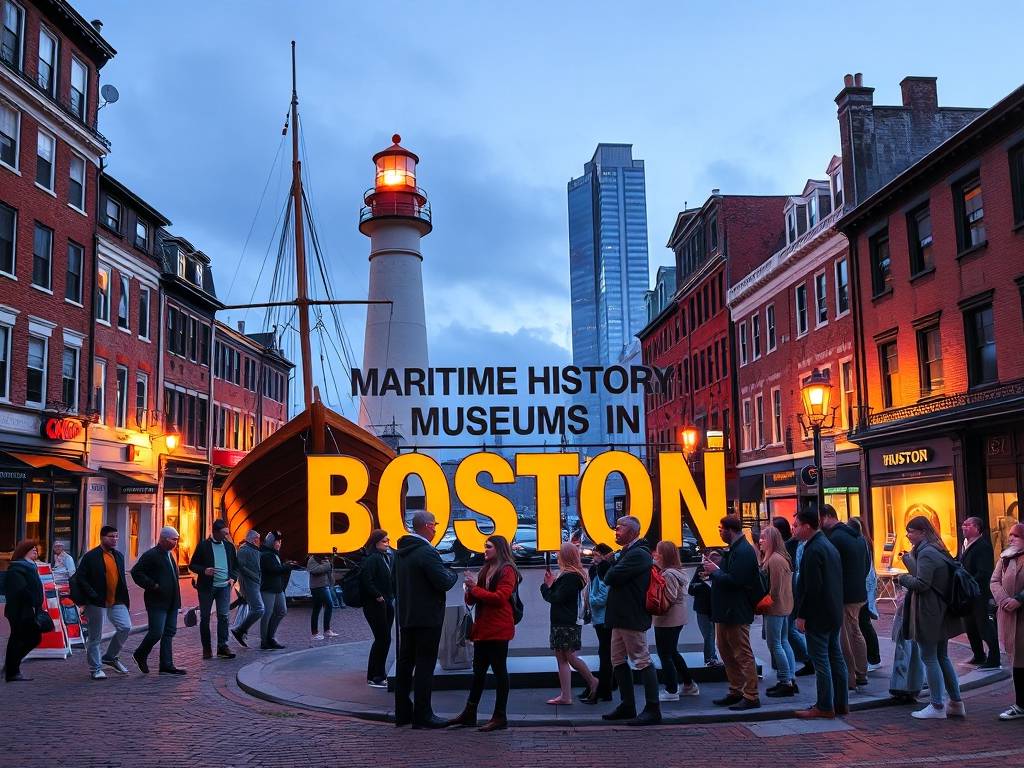USA Travel
US Travel: Gold Rush Trail Visits in Alaska’s Skagway
The Call of the North: Tracing the Gold Rush Legacy in Skagway, Alaska
The very name ‘Skagway’ seems to echo with the sounds of a bygone era—the crunch of boots on gravel, the determined whispers of fortune-seekers, and the haunting call of the wild. Nestled at the northernmost tip of Alaska’s Inside Passage, this small town, with its colorful false-fronted buildings set against a dramatic backdrop of towering, snow-capped mountains, is far more than just a scenic cruise port. It is a living, breathing portal to one of history's most frenzied and fascinating chapters: the Klondike Gold Rush. A journey here is not merely a vacation; it's an immersive expedition into the heart of the American dream, where you can walk in the footsteps of the stampeders on the original Gold Rush Trail in Alaska.

To truly understand Skagway is to understand the year 1897. When the steamship Portland docked in Seattle carrying "a ton of gold," it ignited a stampede of epic proportions. Tens of thousands of hopeful men and women, dubbed "stampeders," flocked to the perceived shortest route to the goldfields of Canada's Yukon: the treacherous path through Skagway and over the Coast Mountains. Overnight, this quiet estuary transformed into a chaotic, bustling boomtown, famously lawless under the reign of the notorious con man "Soapy" Smith. Today, the entire downtown area is part of the Klondike Gold Rush National Historical Park, a designation that perfectly preserves this rich history and makes it one of the most compelling historical travel destinations in the US.

Your adventure begins on Broadway Street. As you stroll the wooden boardwalks, you are literally tracing the route of the Chilkoot and White Pass trails. The park's visitor center, housed in the historic White Pass & Yukon Route depot, is the ideal starting point. Here, you can grasp the sheer scale of the challenge these prospectors faced. The rangers don't just recite facts; they tell stories that bring the past to life, explaining the grueling realities of the journey to the Klondike gold fields. This is where you learn about the "ton of goods" requirement—a year's worth of supplies mandated by the Canadian Mounties, which each person had to haul over the mountains, often requiring dozens of grueling trips over the same stretch of trail.
For a tangible connection to this history, nothing compares to a ride on the White Pass & Yukon Route Railroad. This narrow-gauge railway is a marvel of engineering, dubbed the "Scenic Railway of the World" for a reason. As the vintage train carves its way up the steep grades, you are treated to breathtaking vistas of glaciers, gorges, and waterfalls. But the true magic lies in looking down from your window to the valley floor below. There, you can still see the faint, worn path of the original White Pass Trail, often called the "Dead Horse Trail" for the thousands of pack animals that perished on its unforgiving slopes. Gazing at that slender, muddy track from the comfort of the train car creates a powerful, silent dialogue between the past and present, a stark reminder of the desperation and determination that defined this Alaskan Gold Rush history exploration.
If you're seeking a more active and intimate experience, you must venture onto the Chilkoot Trail. While the full 33-mile trek to Lake Bennett is a multi-day commitment for serious hikers, you can easily sample the beginning of the trail right from Skagway. Walking the first few miles, you can feel the ghosts of the stampeders beside you. Imagine the line of hundreds of men, each carrying a 50-pound pack, inching their way up the "Golden Stairs" – a steep, boulder-strewn slope that was the final, brutal ascent to the pass. This is more than a hike; it's a pilgrimage. It answers the question of what it truly meant to pursue the best Gold Rush sites to visit in North America—it was about endurance, hope, and often, heartbreak.
Back in town, the history continues to unfold. Pop into the Trail of '98 Museum located in the historic McCabe College building. Its collections of artifacts—from snowshoes and mining equipment to personal diaries and photographs—provide a deeply human element to the epic narrative. For a dose of lively, theatrical history, catch a show at the Eagles Hall, where the "Days of '98 Show" has been entertaining visitors with a musical melodrama featuring Soapy Smith and can-can dancers since 1927. It’s a fun, engaging way to understand the town's colorful and sometimes dangerous character.
A visit to Skagway also offers the chance to understand the impact of the Gold Rush on Alaska Native communities. The trail that stampeders used was originally a Tlingit trade route. The Chilkoot Trail, in particular, was a vital path for the Tlingit people who traded with interior tribes. Engaging with local Tlingit cultural displays or speaking with native artisans about their heritage adds a crucial and often overlooked layer to the Gold Rush story, highlighting the profound changes this event brought to the indigenous people of the region.
When planning your Alaska Gold Rush trail vacation planning, remember that Skagway is a seasonal town, with most services operating from May to September. The long, light-filled days of summer are perfect for exploration. While it's possible to see the highlights on a day trip from a cruise ship, consider staying a night or two. This allows you to experience the town's quiet magic after the day-visitors have departed and to delve deeper into the surrounding historic Gold Rush towns in Alaska, such as nearby Dyea, the original start of the Chilkoot Trail.
Ultimately, a trip to Skagway is a journey into the soul of the American frontier. It’s a story of immense wealth found by a lucky few, and backbreaking labor endured by the many. It’s a tale of a landscape so formidable it broke spirits as easily as it broke bodies, and of a human determination so fierce it conquered that same landscape. By walking the trails, riding the railway, and breathing the crisp Alaskan air, you don't just learn about the Gold Rush; you feel its enduring pulse. You carry a piece of that stampeders' spirit with you long after you've left, a golden memory from the heart of the North.
相关文章
- US Travel: Immigration History Tours in New York’s Ellis Island
- US Travel: Historic Theater Tours in New York’s Broadway District
- US Travel: Antebellum Home Tours in Mississippi’s Natchez
- US Travel: Native American Cliff Dwelling Tours in Colorado’s Mesa Verde
- US Travel: Maritime History Museums in Massachusetts’s Boston
- US Travel: Colonial Church Tours in Virginia’s Jamestown
- US Travel: Industrial Heritage Museums in Ohio’s Cleveland
- US Travel: Civil Rights Memorial Visits in Alabama’s Montgomery
- US Travel: Historic Fort Tours in New York’s Fort Ticonderoga
- US Travel: Barbecue Tasting Tours in Texas’s Austin
发表评论
评论列表
- 这篇文章还没有收到评论,赶紧来抢沙发吧~


